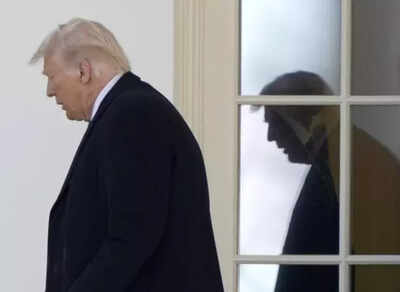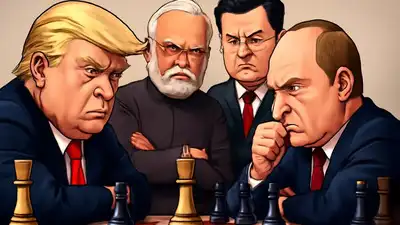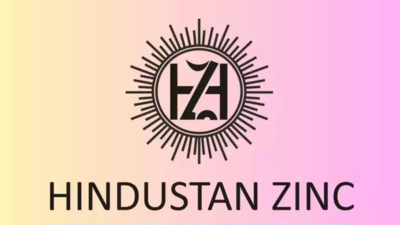New Delhi: American President Donald Trump’s latest announcement of a possible “substantial increase” in tariffs on Indian goods, added to the uncertainty for exporters, amid indications that govt was looking at select segments of affected industries instead of a broad-based support.To go ahead with the orders for the upcoming busy season around Christmas, tariff uncertainty is seen as the biggest issue as the buyers would compare the tariffs across countries before finalising them. In several sectors where India is competitive, including textiles and footwear, rival countries such as Bangladesh enjoy a five percentage point tariff advantage.But with the unspecified “penalty” on India for its Russian oil purchases, buyers would be unable to do the arithmetic. Besides, they would be worried about the possibility of the additional tariff coming into force over the next few months when the order is in the pipeline. As a result, they may be deterred from placing orders with Indian suppliers, many of whom they have dealt with over the years. Govt sources said that the exporters need to provide detailed analysis of the segments that will be hit by the 25% tariff. A broad-based comparison may not work as there may be other factors at play. For instance, when it comes to shrimps, Ecuador is seen to be a major beneficiary of Trump’s tweaked tariff announcements. But it may not have the capacity to completely replace Indian exports, estimated at over $2 billion. That’s because it’s a product segment where production can’t be stepped up by running more machines, pointed industry and govt sources. Besides, the exporters would need to meet American standards and get the required certification, which takes time.Similarly, when it comes to textiles, not all segments will be hit equally hard. Besides, Indian players have a strong footing in some of them. For instance, when it comes to cotton T-shirts, India has a 36% share of the women’s and girl’s dress segment in the US.






